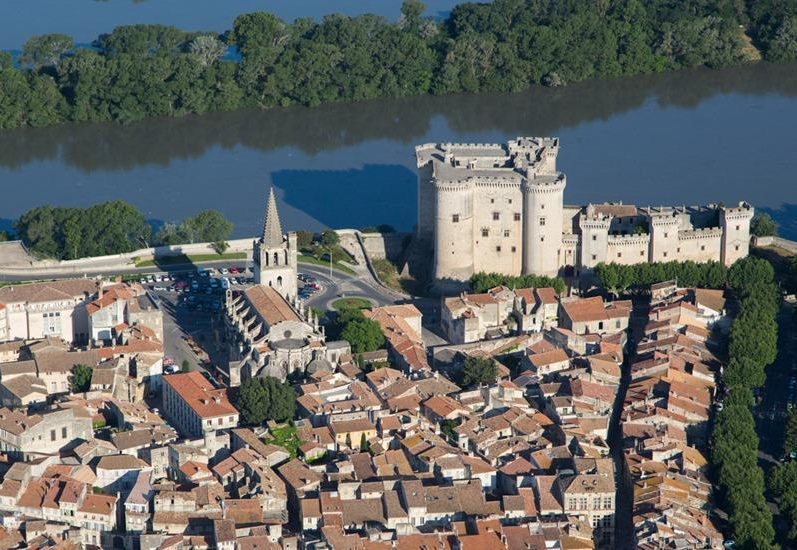
TARASCON
Only a few minutes away from Vallabregues is the medieval town of Tarascon.
Historically, Tarascon has always been a crossing point for the Rhône.
Today, the town is full of treasures such as its famous Chateau, which was built on the site of the Roman Castrum to guard the border with Provence.
The charm of the city is also to be found in its medieval architecture and its streets, each one more beautiful than the next, with the Rue des Halles at its centre.
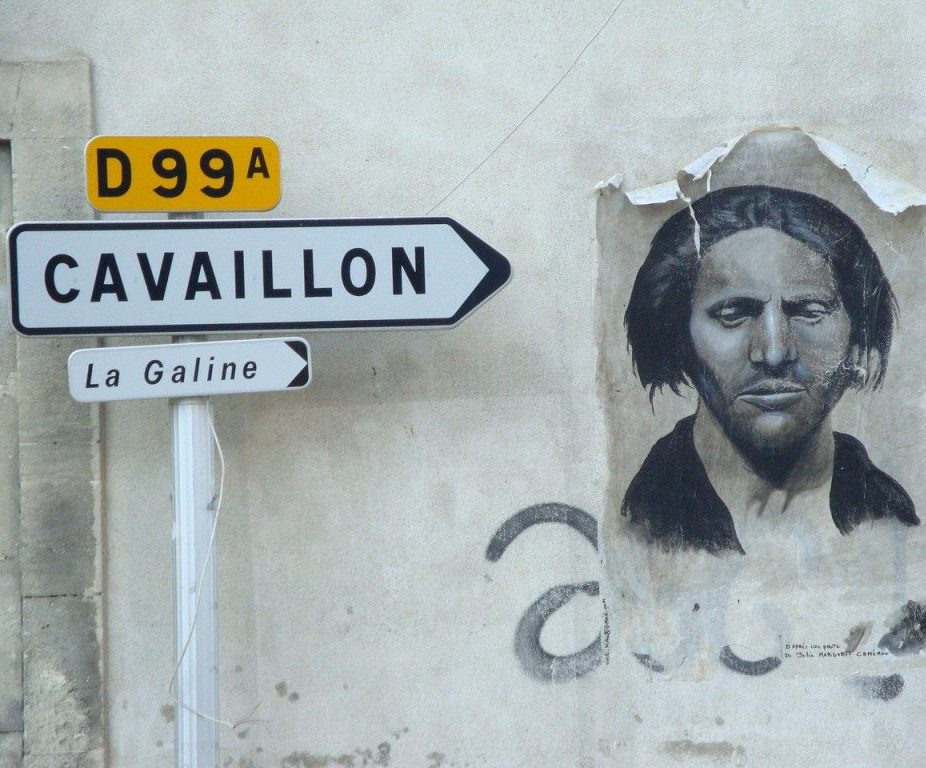
SAINT RÉMY-DE-PROVENCE
In the majestic setting of the Alpilles, between Avignon and Arles, lies a little jewel: Saint-Rémy de Provence. Beautifully restored houses, Renaissance and 18th century mansions, chapels and convents line the small winding streets of the historic centre. Shaded boulevards, squares embellished with old fountains and café and restaurant terraces are all invitations to the Provencal art of living. A beautiful heritage enriched by the archaeological site of Glanum and the Antiques, of which the Arc de Triomphe and the Mausoleum of Julius are the exceptional testimonies of the High Antiquity. The town, which saw the birth of Nostradamus, has been and still is a source of inspiration for many artists. Seduced by the setting and atmosphere of the town, many have taken up residence here and numerous studios and art galleries flourish in the town centre.
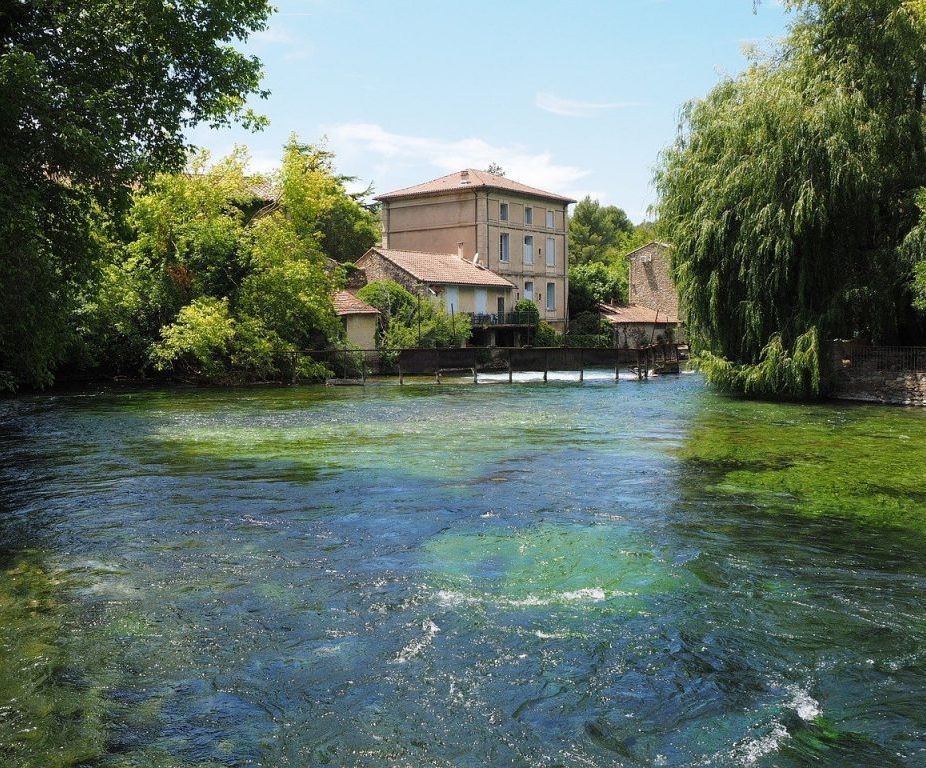
FOUNTAIN OF VAUCLUSE
The commune of Fontaine de Vaucluse nestles around its chasm in a valley at the foot of a cliff in the Monts de Vaucluse. It is indeed the valley that gave the name to the department of Vaucluse - Vallis Clausa or the Close Valley. The small sunny village lends itself well to a little "Sunday walk". At your own pace you can stroll in the coolness emanating from the spring, admire the vestiges and small historical monuments, visit the local craft shops (glass and crystal, stationery, confectionery, jewellery and pottery), the santon eco-museum, or recharge your batteries on the terrace of one of the restaurants or ice-cream parlours after having climbed, gently, up to the source of the Sorgue.
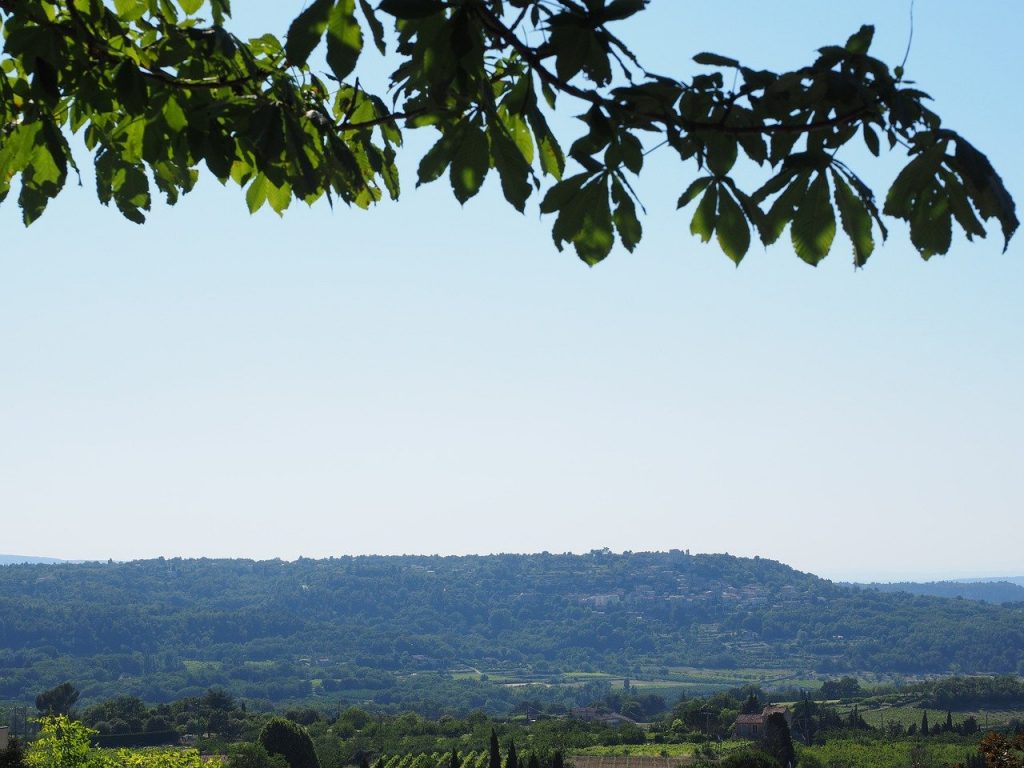
LACOSTE
Discover one of the most beautiful jewels of the Luberon. If you like atypical places full of history, don't miss the old underground stone quarries. You can also admire the belfry with its wrought iron campanile, a 12th century church, an old Protestant temple from the 19th century and many bories, these dry stone huts typical of the South-East.

GORDES
A superb perched village in the heart of the Luberon. On the borders of the Luberon Regional Natural Park, in the heart of the Vaucluse mountains, Gordes is the emblem of the Provençal perched village. Described, photographed and admired a thousand times, it owes its aura to the illustrious artists who once revealed it and left a cultural imprint that is still alive today.
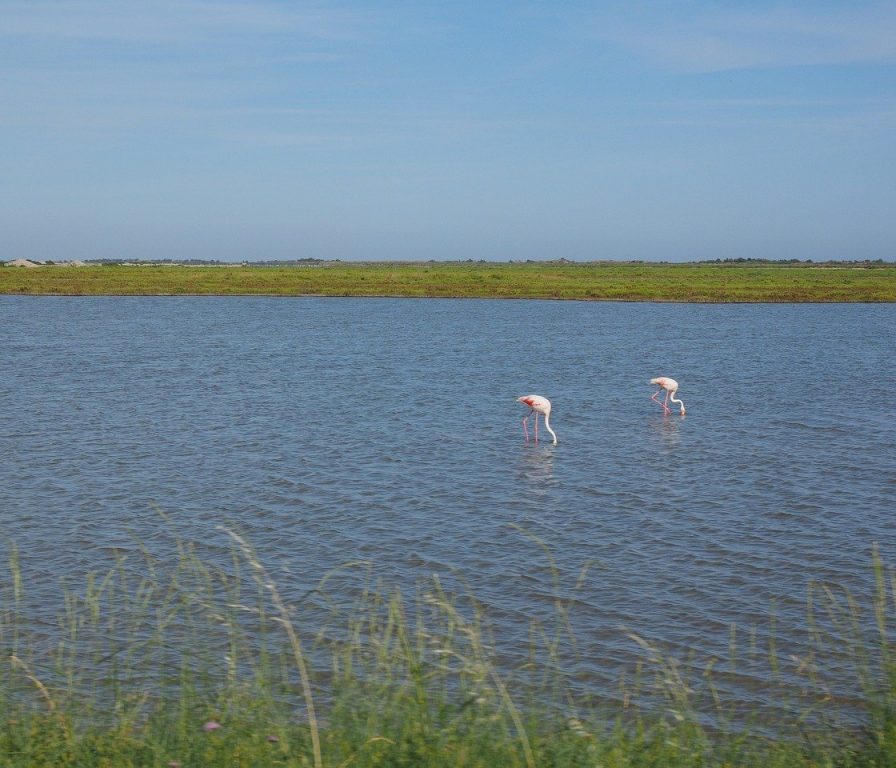
CAMARGUES
The Camargue, a vast wetland area located in the Rhone delta, is an exceptional region: biological wealth, diversity of flora and fauna, variety of landscapes, the grandeur and history of Provencal culture...
From sandy beaches to reed beds, from rice fields to wheat fields, from salt marshes to the Grande Bleue, the Camargue Regional Nature Park offers visitors a wide range of landscapes. Born from the struggle between the Rhône and the Mediterranean Sea, the Camargue is, from a biological point of view, one of the richest regions in Western Europe. Situated on the migration route of birds from northern Europe to Africa, the Camargue is a major migratory stopover. It is also home to the only nesting place in France for pink flamingos, its world-famous emblem. Pink flamingos, but also bulls, horses, little dukes, gulls, sea swallows, herons, beavers, stilts... a multitude of animal and bird species live in this exceptional territory.
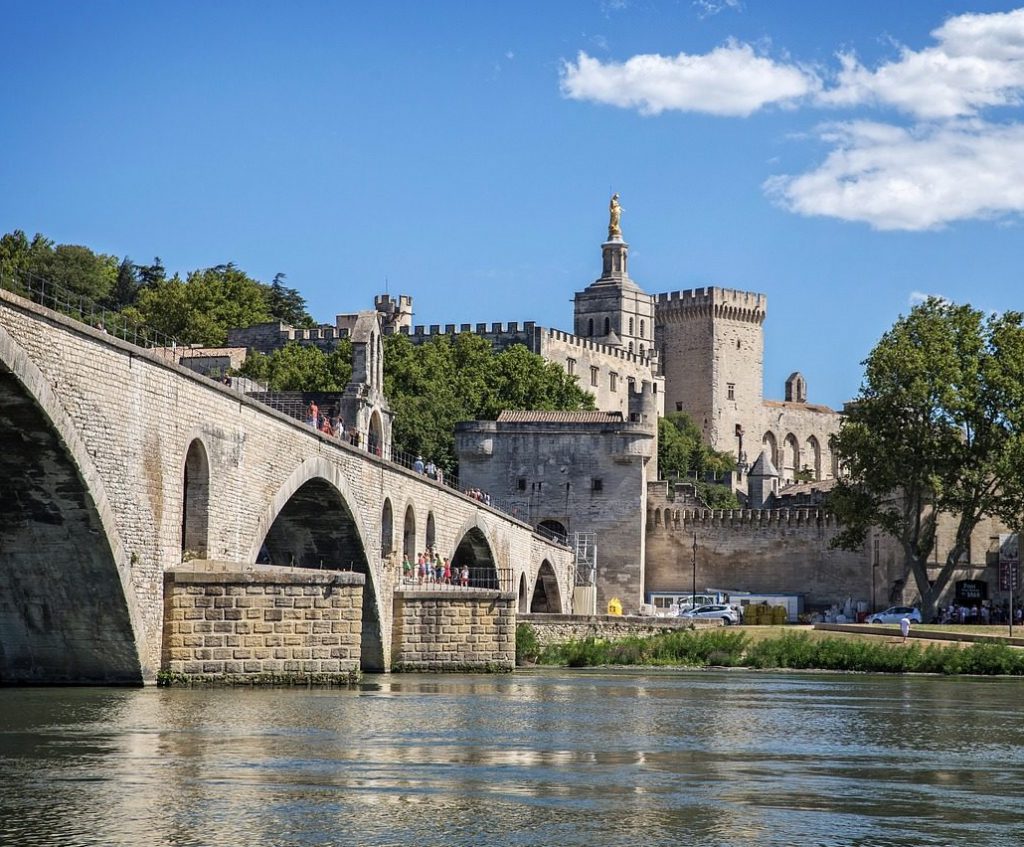
AVIGNON
The historic centre of this former city of the popes is a UNESCO World Heritage Site.
Avignon, a city in Provence in south-eastern France, is crossed by the Rhône. From 1309 to 1377, the Catholic popes took up residence in the city. It remained under papal rule until 1791, when it became part of France. The Palais des Papes, which is located in the city centre, is surrounded by medieval stone ramparts and bears witness to this history.
The historic centre of the city, the Palace of the Popes, the Episcopal complex and the Saint Benezet bridge are listed as World Heritage Sites by UNESCO. Originally the Forum d'Avenio - the Roman city in the 1st century BC - the Place de l'Horloge remains the "centre" of Avignon. Here is the Town Hall, built between 1845 and 1851 on the site of an old cardinal's livery, of which it has retained the old fortified tower transformed into a belfry in the 15th century, as well as the Jacquemart clock. Next door, the municipal theatre, also from the 19th century, houses the Avignon opera and at the top of the square, the pretty Belle Époque carrousel turns.
A meeting place, lined with café terraces and restaurants, the square is always very lively. Just like the Place du Palais above, a vast esplanade taken over in summer by street performers. And as its name suggests, here is the formidable Palais des Papes, emblem of the city and monumental witness to the importance of Avignon in the Christian world in the Middle Ages. Built from 1335 onwards, mainly by two builder popes, the austere Benedict XII and his successor, the much less ascetic Clement VI, the palace would become the largest Gothic building in all of Europe. The visit, which includes the private flats with their fabulous frescoes, is one of the must-sees in Avignon.
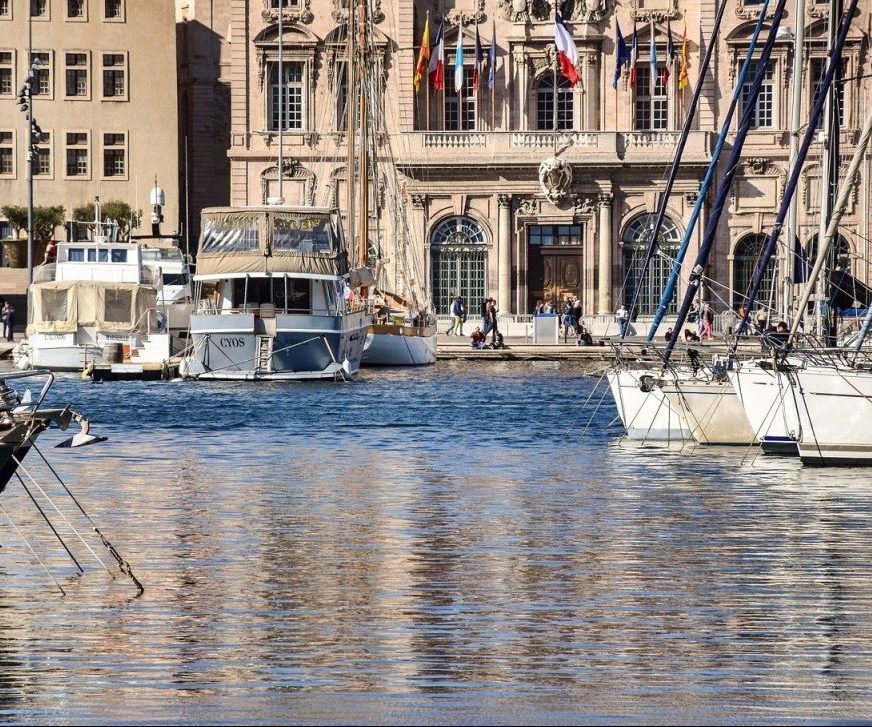
MARSEILLE
Mediterranean city, with its shopping pleasures, its heritage, the pleasure of a terrace overlooking the Mediterranean, its architectural beauties. Marseille with the Old Port, the lungs of Marseille. In the 18th century, the Old Port was at its peak: ships, quays crowded with merchandise, carpenters, sailors, shipowners, convicts from the Arsenal... Fort Saint-Nicolas and Fort Saint-Jean, which protected the entrance to the port and kept an eye on the inhabitants of Marseille. But also its islands, the Goudes, so many things to discover with the flavour of the south.
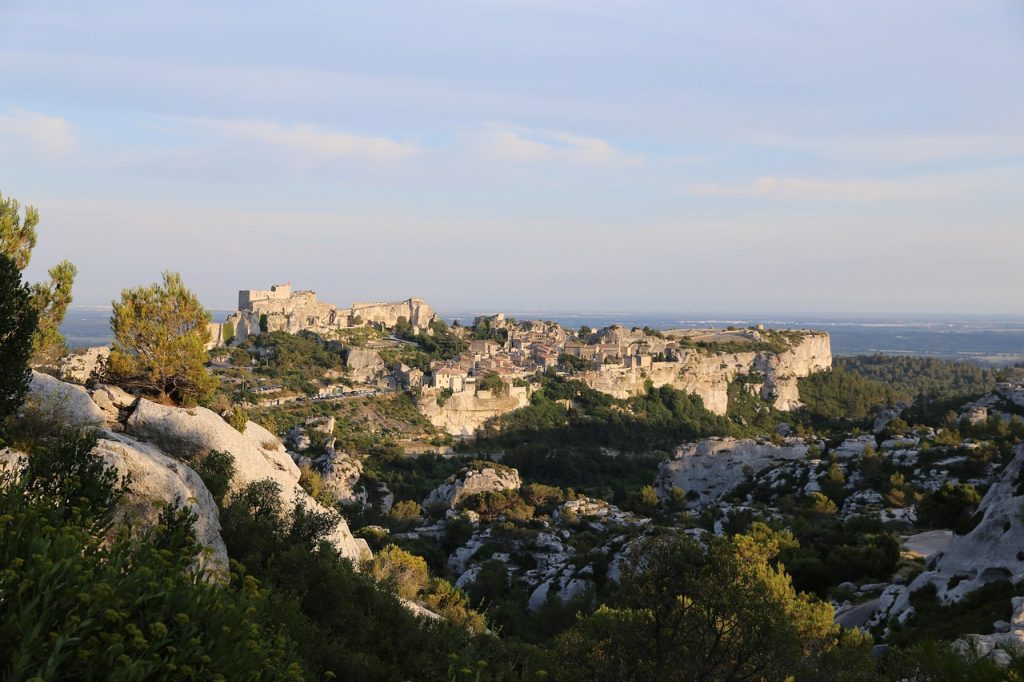
LES BAUX DE PROVENCE
The village of Baux-de-Provenceperched on a rocky outcrophas a architectural heritage that is incredibly rich. Its citadel dominates natural sites of extraordinary beauty.
Discover one of the Most Beautiful Villages in France and its places full of history.
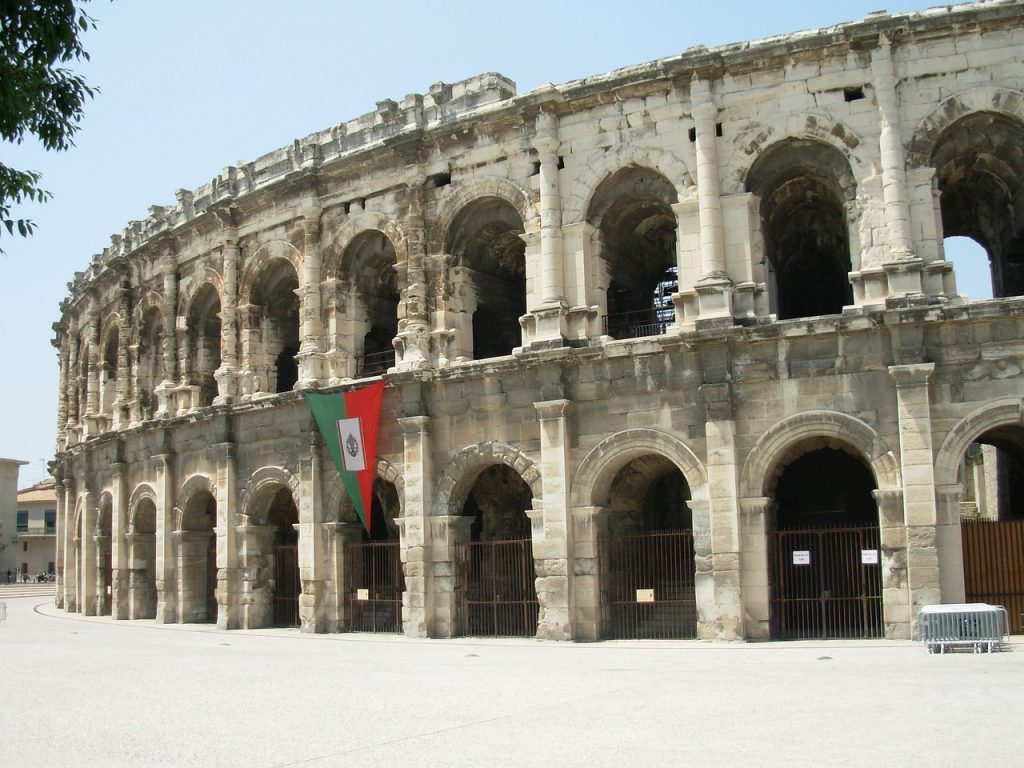
NIMES
The city of Nîmes was built in a remarkable way around and with its Roman monuments. It is this ancient architecture, which has been developed over the centuries, that has given the city its identity, its personality and its uniqueness, giving it an exceptional universal value.
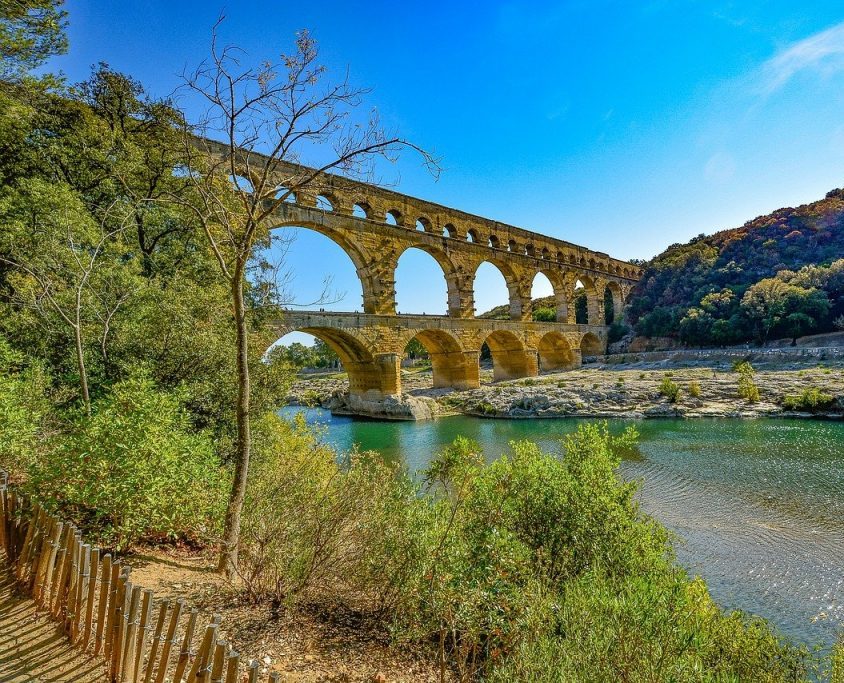
PONT DU GARD
The Pont du Gard is located in the heart of a region with a rich historical heritage near Nîmes, Uzès and Avignon. The Pont du Gard is the most visited ancient monument in France and an aqueduct classified by Unesco. It remains one of the great masterpieces of humanity. A marvel of Antiquity, a technical feat, it is also a magical site, which has become wild again since its redevelopment.
It is 48 metres high and has a triple row of superimposed arches: 6 arches on the lower level, 11 on the second and 35 on the third. Its length reaches 273 metres in the upper part (originally 360 with 12 additional arches). It was used until the 6th century, then became a toll house in the Middle Ages, and finally a road bridge from the 17th to the 20th century.

FONTVIEILLE
Fontvieille, gateway to the Vallée-des-Baux, is one of the pearls of the Alpilles Massif. The history of this Provençal village goes back to prehistoric times and has continued to grow over the centuries.
Fontvieille experienced a real boom in the French Revolution. The village becomes a commune and quarrying continued until the end of the 19th century. to reach a flourishing period of international export. Oil mills, flour mills, olive, vine and almond cultivation are developing in all the Alpilles.
This is the Fontvieille that Alphonse Daudet knew. He discovered the village and especially the Montauban castle and its park thanks to the beautiful family of his first cousin, the Ambroys, who welcomed him as an intimate. Charmed by this welcome and by the calm of our hills, the writer made several visits to the home of his "dear Tim", Timoléon Ambroy, with whom he maintained a very strong friendship.
Later, the painter of the Arlésiennes Léo Lelée came to set up his easel in the hills and little streets of this charming village. At the end of the 20th century, another renowned painter, Carl LinerThe "Tour des Abbés" is the most famous building in the city.
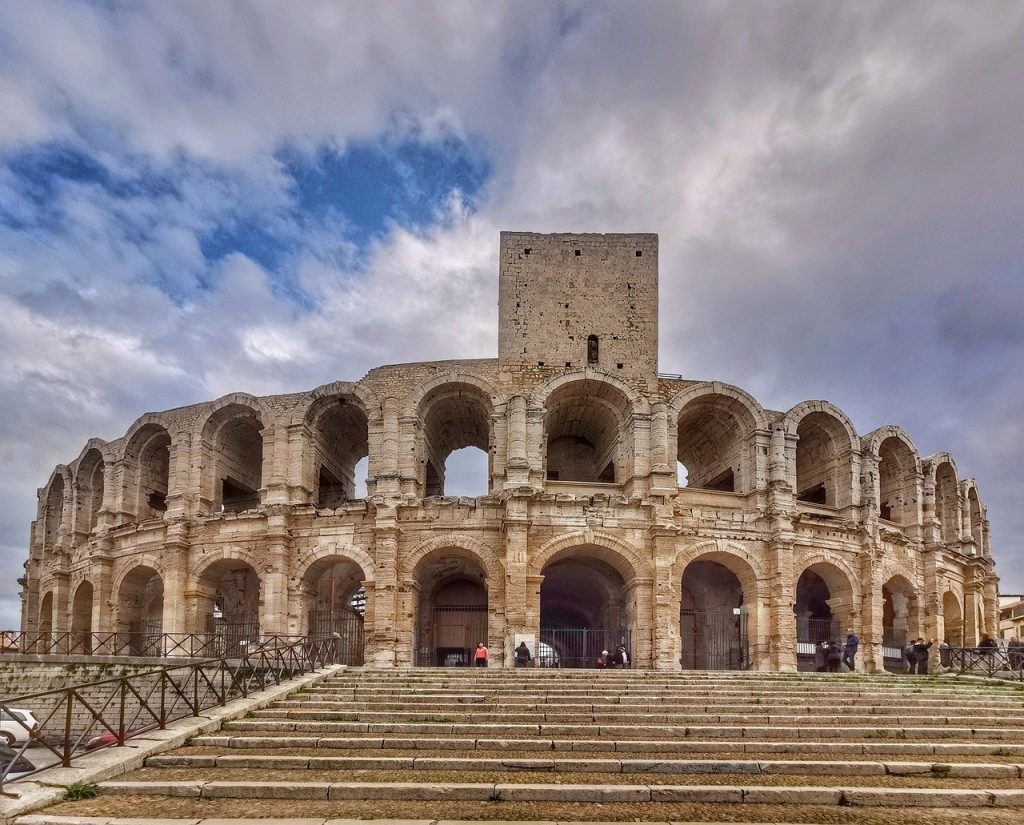
ARLES
City of Art and History rich in ancient remains. Arles is a city located on the Rhône River in the Provence region of southern France. It is famous for having inspired the paintings of Van Gogh, who influenced the contemporary art exhibited at the Vincent Van Gogh Foundation. Once the provincial capital of ancient Rome, Arles is also renowned for its many ruins from that era, including the Arles Amphitheatre, which now hosts plays, concerts and bullfights.
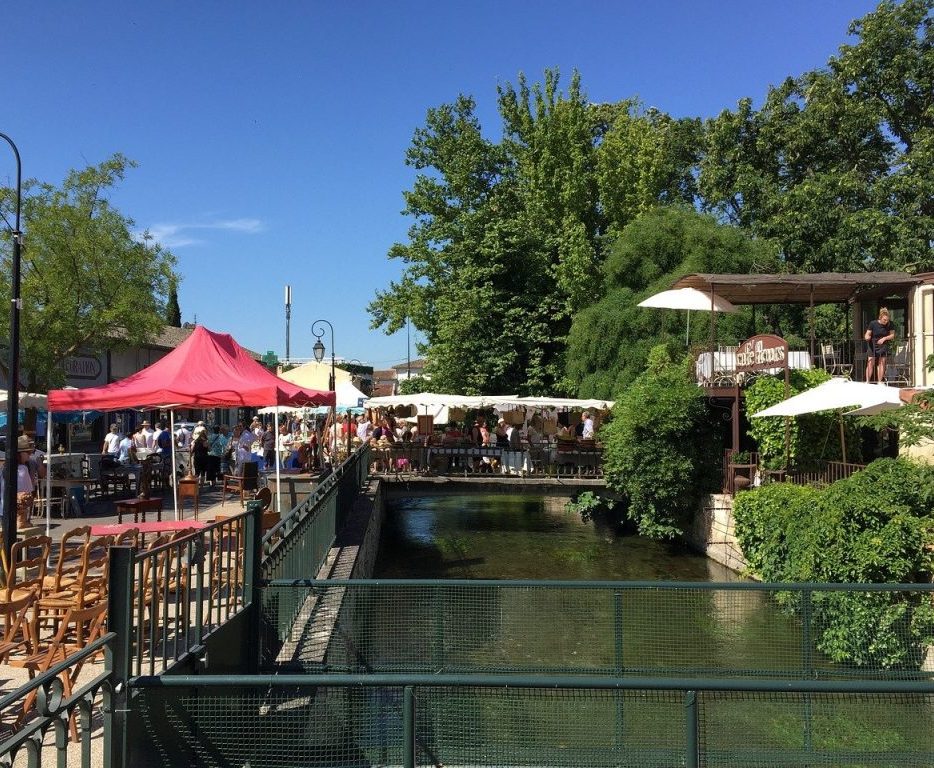
ISLE SUR LA SORGUE
Known as the "Venice of Comtadine", L'Isle sur la Sorgue is one of the most attractive towns in the PACA region due to the exceptional character of its living environment. It draws its attraction from the Sorgue, a river whose source never dries up, giving the strange impression of a miraculous suspension of time. The antique shops, the boutiques with character, the galleries, Campredon Art Centre, a cultural Mecca, all these ingredients maintain the myth of the "L'Isle sur la Sorgue" phenomenon. Nicknamed "the Venice of Comtadine", L'Isle sur la Sorgue is one of the most attractive towns in the PACA region due to the exceptional character of its living environment. It draws its attraction from the Sorgue, a river whose source never dries up, giving the strange impression of a miraculous suspension of time. The antique shops, the boutiques with character, the galleries, Campredon Art Centre, a cultural Mecca, all these ingredients maintain the myth of the "L'Isle sur la Sorgue" phenomenon.
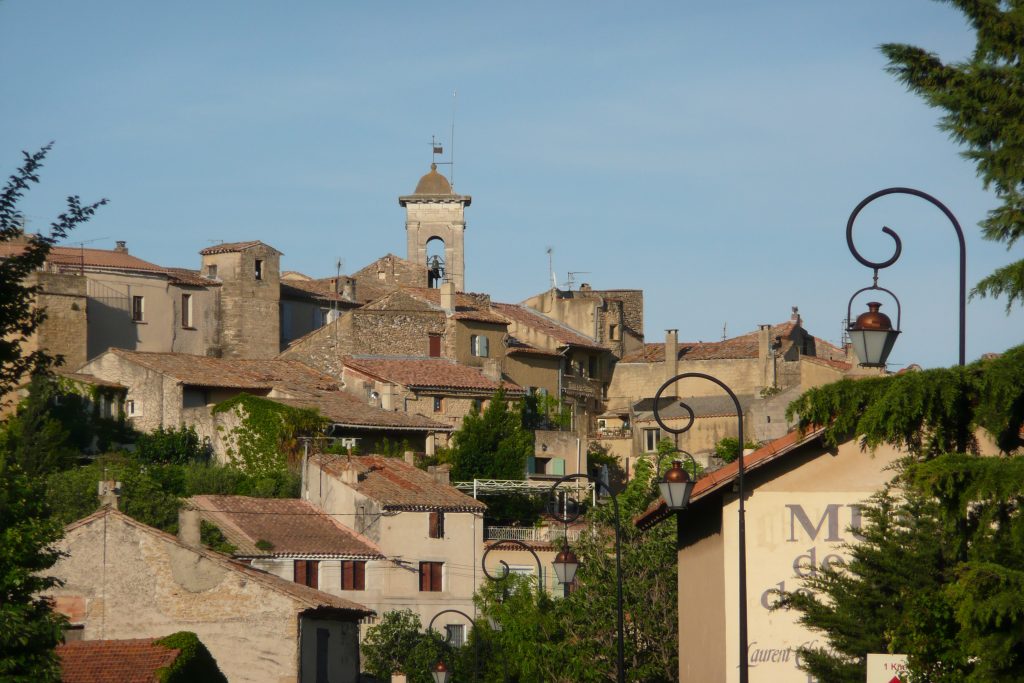
CHATEAUNEUF-DU-PAPE
Châteauneuf-du-Pape where life is all about wine - growing, making, selling and tasting... The village vibrates and is inspired by its surroundings.
Between the cities ofAvignon and OrangeChâteauneuf-du-Pape is located in the heart of a region steeped in history, culture and savoir vivre. It appears as a unique, magical place, nestled on a hill like an island emerging from a sea of vines.
If you leave your car in one of the free car parks, you can visit the village on foot. You can stroll through the narrow, winding streets past the medieval houses, the communal oven, the olive press and the town hall with its round tower. There is also the picturesque grocery shop still frequented by the villagers. The Place de la Fontaine with its café and restaurant terraces invites you to take a break before embarking on the discovery or rediscovery of its wines.

LOURMARIN
Lourmarin is one of the most beautiful villages in France. At the foot of the Luberon, the village is one of the only gateways to the massif, through the Combe de Lourmarin. Lourmarin has that unique charm of the Luberon villages where the calades (paved streets) wind from the belfry to the church, meeting fountains and running alongside rustic stone facades. These streets are regularly animated on Friday mornings by a farmers' market and, occasionally, by stalls of craftsmen
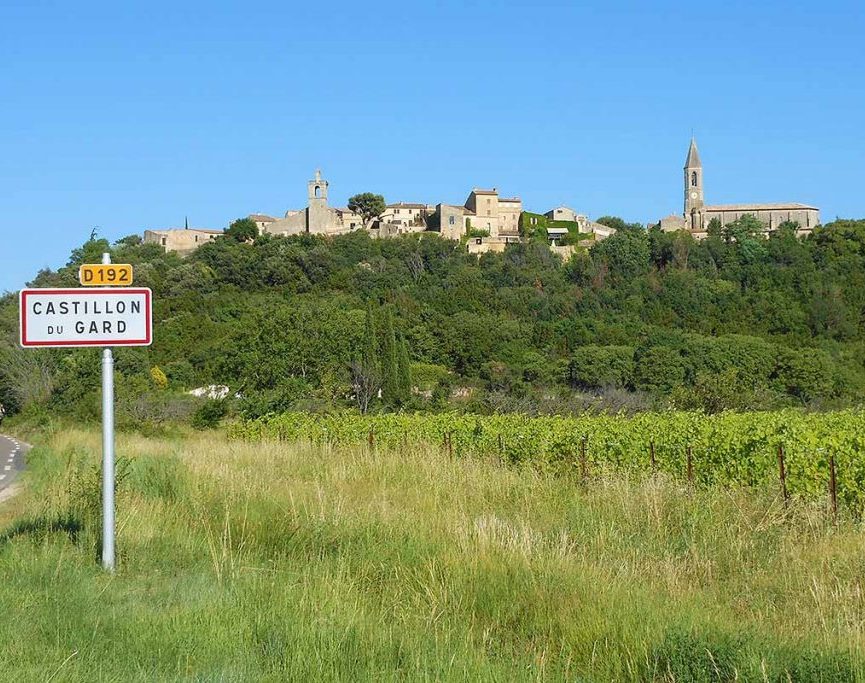
CASTILLON-DU-GARD
Castillon-du-Gard is ideally situated between Avignon, Nîmes and Uzès and is 6km from the Pont du Gard. Perched on a rocky outcrop, the medieval village sits at the end of the Gorges du Gardon. The 13th century village with its cobbled streets and gargoyles, its old watchtower or its Romanesque chapel invites you to discover its past and its architectural heritage.
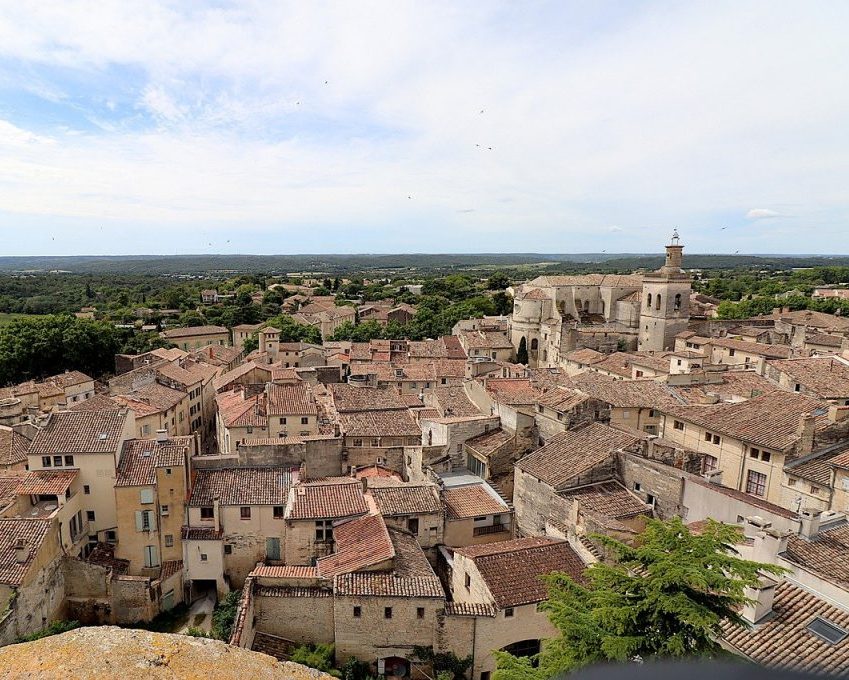
UZÈS
First duchy of France. Situated in a triangle formed by the cities of Nîmes, Alès and Avignon, the discreet but very elegant town of Uzès has preserved many traces of its rich past. Surrounded by the Boulevard Gambetta, the medieval town is a maze of narrow streets and shady squares lined with 17th and 18th century town houses. Under the arcades of the Place aux Herbes and in the neighbouring streets, a market is held every Saturday, whose reputation has long since spread beyond the borders of the region. You will find a profusion of local products, in the warm and colourful atmosphere of the Provence markets.
MAKE A REQUEST
BOOKING & PRICING INFORMATION